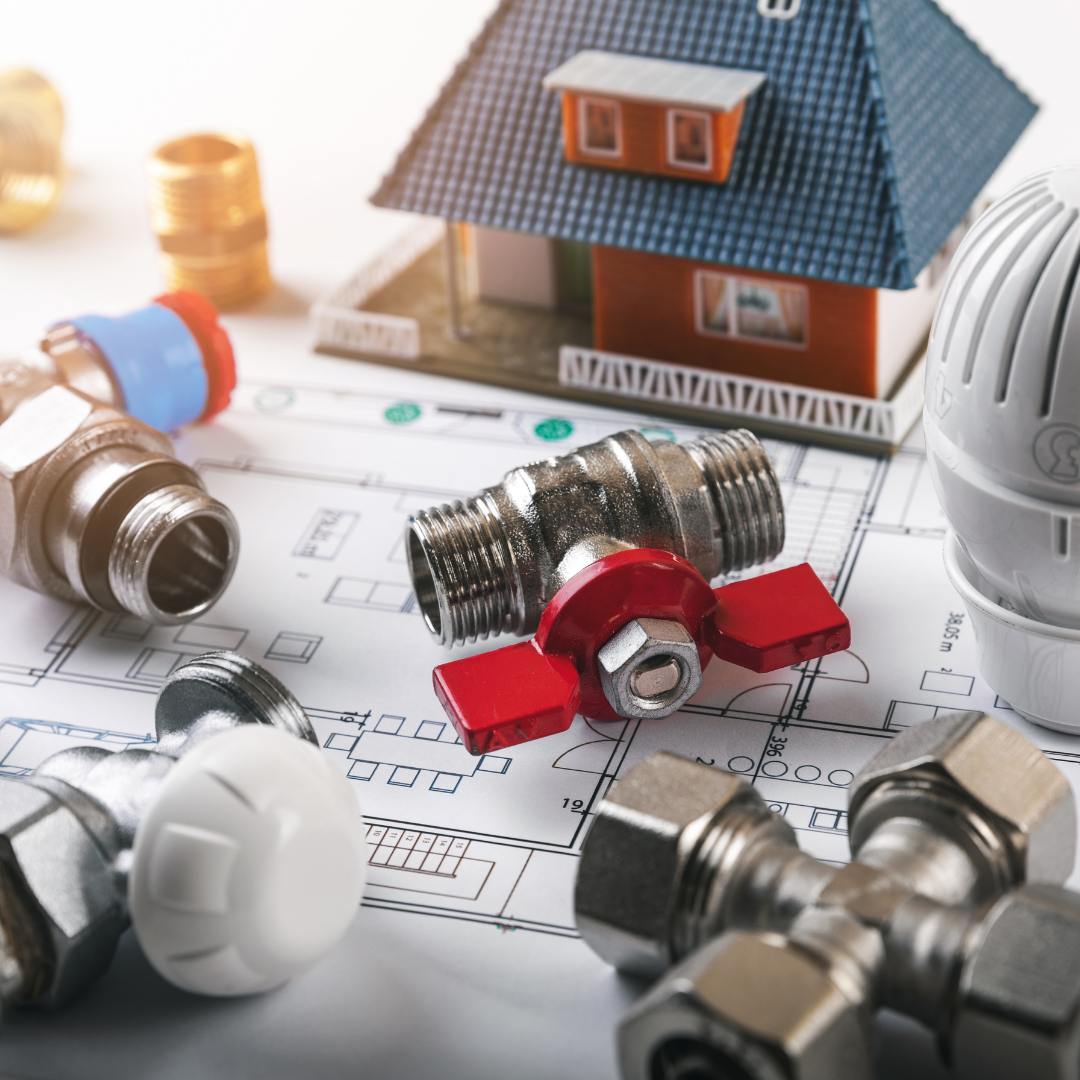7 Types of Heating Systems
It might be difficult to let go of an old heating system and commit to a new one that you are unfamiliar with. It might be fascinating to discover the range of heating technologies available as replacement alternatives if you have an old unit that needs to be replaced.
All of these systems are available in a variety of types and sizes to suit your needs. For additional information on installing or updating a new heating system, contact a competent HVAC installation expert.
FURNACE
Air is pushed through a system of ducts by a furnace (which is generally fueled by gas). This allows the warm, conditioned air to circulate throughout the house. While furnaces may heat the air with electricity, propane, or oil, natural gas is used in the majority of American houses.
Because the forced air distribution system (ductwork) may be used by your air conditioner during the summer months, gas furnaces are the most common form of heating system.
BOILERS
Another common heating system is boilers. To provide heat, they circulate hot water or steam through pipes. While this allows you to practice zonal heating and cooling, it is also much more expensive to set up and operate.
The heat is created in a central part of the residence and then dispersed throughout the house, which is why furnaces and boilers are recognized as central heating systems.
HEAT PUMPS
Heat pumps may be used to heat as well as cool a home. Rather than generating heat directly like a gas furnace, they transfer it via refrigerant and electricity. As a result, they are frequently significantly more energy-efficient than other heating systems.
However, they only operate in temperate regions with temperatures that seldom drop below freezing.
HYBRID HEATING
The energy efficiency of a heat pump is combined with the power of a gas furnace in hybrid heating. The heat pump will heat and cool your home the majority of the time. The furnace only turns on during really cold conditions.
And, because you’re not dependent on just one system, you’ll put less strain on both, lowering the need for repairs and replacements.
DUCTLESS MINI-SPLITS
Mini-split units eliminate the need for several air ducts, allowing you to establish multiple HVAC zones, each with its own thermostat. This is especially useful in larger homes and additions that don’t have ducting.
RADIANT HEATING
Radiant heating uses specific tubes in the floor to distribute hot water or electric heat (and sometimes in the ceiling or walls). Oil, gas, propane, or electricity can all be used to create heat.
While the radiant heating distribution system has a long lifespan, repairs might be costly if a problem occurs. The heat source system determines how long radiant heat lasts.
BASEBOARD HEATERS
Baseboard heating, which is typically used as supplementary or add-on heating, may be a cost-effective and efficient option. When it comes to baseboard heating, you have two options: electric or hydronic. For additional information about baseboard heaters, talk to your HVAC contractor.
HOW TO EXTEND THE LIFESPAN OF HVAC
When it comes to our cars, we want to make sure they last as long as possible. Vehicles that are properly maintained typically exceed mileage predictions. The same may be said for your heating and cooling system.
You’ll get the most out of your furnace for years to come if you do yearly maintenance and pay attention to any warning indications. You’ll want to combine expert yearly maintenance with some DIY heating maintenance.
Choosing a new heating system is a significant choice. It’s not something to be taken lightly. For additional information on choosing the best HVAC system, contact Calvey Heating & Air!


